Grown in the Rueda Designation of Origin for centuries, the Verdejo grape is special with hints of wild mountain herbs and fruit and refreshing acidity. Nick tries a few at Spring
Look up “Rueda” online and you may find that it’s a wine region in Spain or, depending on the Internet gods, a style of Cuban salsa dance.
So imagine what a fool I looked turning up in tap shoes and frilly shirt at Spring at Somerset House, all set to take the dance floor.
Of course I didn’t really, I turned up eager to try a selection of wines from Rueda under the guidance of Emily Brighton, the youngest female Master of Wine.
Rueda is a Denominación de Origen Protegida (DOP) from the Castilla y León region of Spain, largely a white wine area with the Verdejo grape dominating over 85% of the vineyard area. It’s on the Duero river, northwest of Madrid.
The original Verdejo variety was all but wiped out between 1890 and 1922 by phylloxera, and the new varieties that replaced it sadly put quantity over quality to produce bulk, not very good, wine.
A long fight back by dedicated growers restored the quality and the DO status was awarded in 1980. Today a Rueda must comprise at least 50 percent Verdejo or Sauvignon Blanc.
The Verdejo grape has been grown in the Rueda Designation of Origin for centuries. What makes it so special is the combination of its aroma and flavour, with hints of wild mountain herbs and fruit and refreshing acidity.
The extract, the hallmark of great white wines, is noticeable due to its volume and characteristic bitterness, delivering a burst of originality on the palate along with a high fruit concentration. These wines are very harmonious, and their finish makes you want to keep tasting more.
Before lunch was served, we got to try Rueda Espumoso, the sparkling wine of the area, which is made using the traditional method and spends nine months in the bottle, ageing on lees.
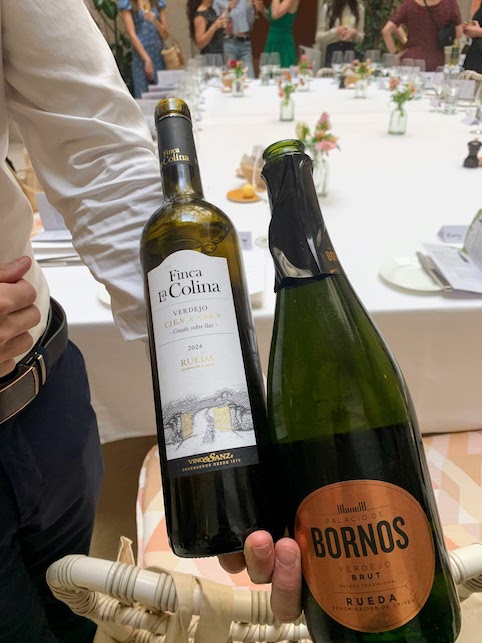
Palacio de Bornos Brut Nature is 100% Verdejo and began making wine in 1976, and Palacio de Bornos was the first winery in the region to produce a sparkling wine. Highly aromatic and with persistent bubbles it’s excellent conversation promoting fizz for just £17.95.
Sitting down to dinner, I got to try two wines with my starter of Fern Verrow leaves with Caesar dressing, eggs mimosa, chervil and garlic sourdough. Other guests chose Risotto with Girolles and parsley.
Finca La Colina Verdejo CIEN X CIEN 2024 was again 100% Verdejo and from the oldest winery in the region, occupying prime territory near the Duero. Not many bottles are produced each year, as quality comes first. A lovely yellow colour with hints of green, it had a complex nose and a wide flavour palate that lingered long.
£25, www.rediscoverwines.co.uk
Second up was Angel Lorenzo Cachazo Martivillí Sauvignon a 100% Sauvignon
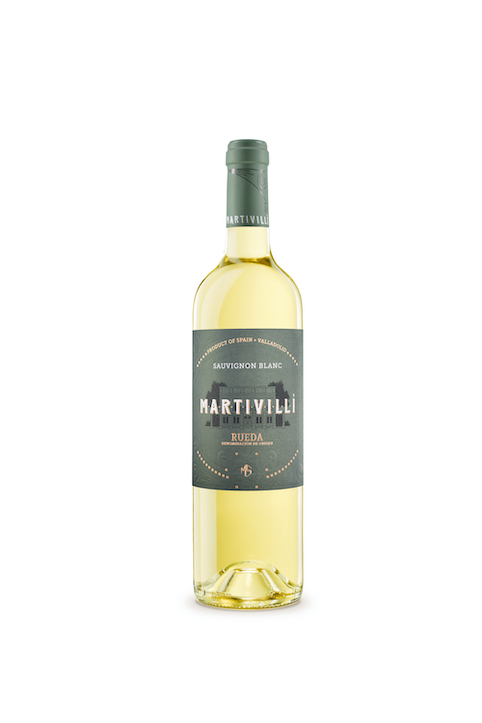
Emily told us this winery was founded relatively recently in 1988, the current owners’ grandparents and great-grandparents tended the vineyards and made wine in the underground cellars of the old Tierra de Medina.
Plenty of tropical – Pineapple, papaya, kiwi and citrus stand out with balanced acidity and a long, persistent aftertaste.
£12.50 dylanwad.co.uk/
Back to 100% Verfdejo, we tried Javier Sanz V Malcorta from ancient vineyards over 150 years old. Javier Sanz Viticultor specialises in only high-quality wines. through careful vineyard cultivation and the winemaking process. The persistent acidity was liked by those eating roasted seasbass, but I enjoyed it with a superb filet of beef with celeriac
£24, HISPANIA
Marqués de Riscal Limousin Gran Vino de Rueda is another 100% Verdejo, one of the oldest bottled wines in Rioja In 1972, it started to produce white wines in Rueda and became one of the pioneering wineries behind the creation of the Rueda Designation of Origin. An unctous wine which worked well with the beef being complex and elegant
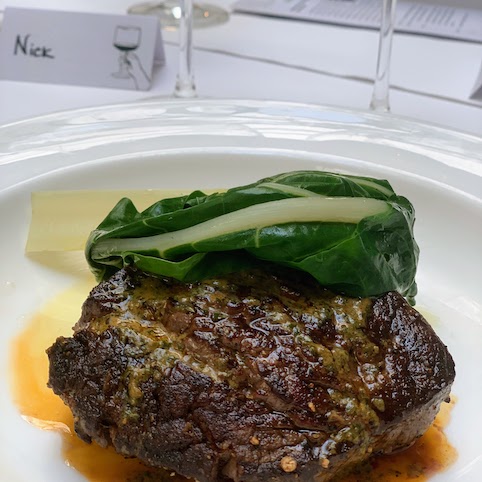
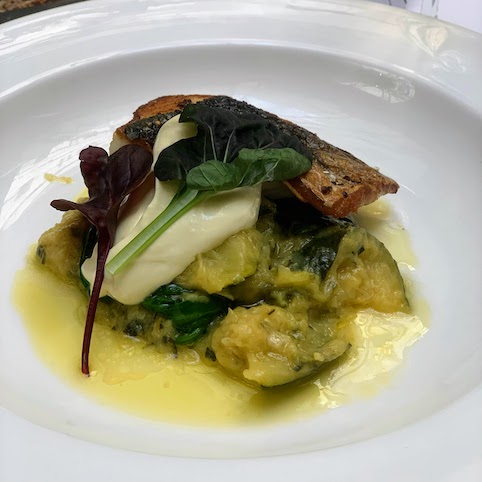
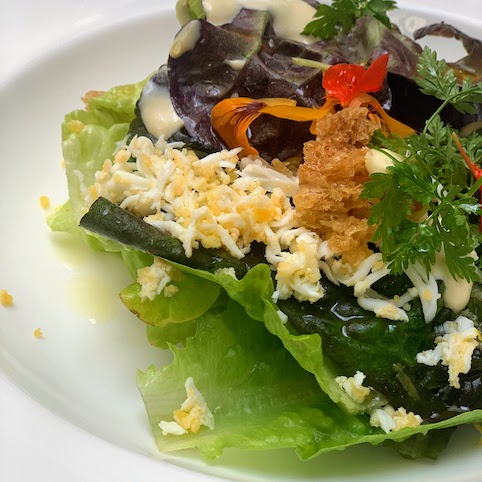
£18.95, https://www.majestic.co.uk/
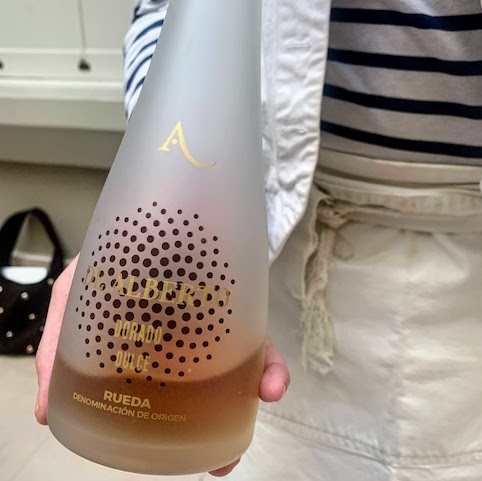
Another wine brought out was Protos Verdejo Reserva 2020, again 100% Verdejo from a prestigious Spanish winery founded in 1927 in Peñafiel, Valladolid. A year and a half aging makes it a deeper yellow and gives it a vVery complex, powerful nose and its aging in barrels adds vanilla and spices
And for dessert, a wine for – De alberto dorado dulce from the heart of Castilla y León and an old farmhouse founded by the religious Order of the Dominicans in the 17th century, Old meets new with vanilla, nuts and raisins.The lemon tart with gooseberry was sharply contrasting.
These Rueda wines are well worth searching out. A grape which needs to be far better known outside of Spain
